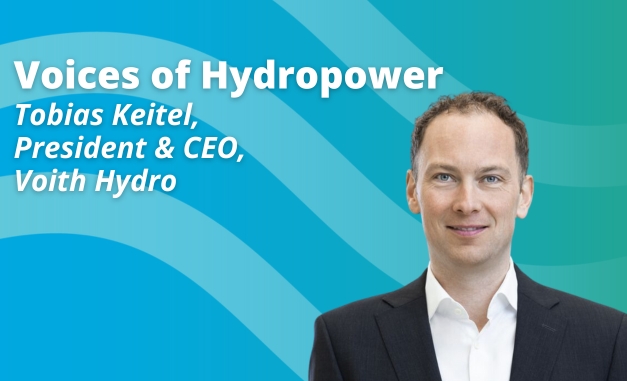Protecting communities from floods and droughts #WithHydropower
Nearly two billion people live in areas prone to high flood risk and of these, 660 million individuals live in urban regions exposed to river flooding.
Flooding can have significant economic losses for communities, mostly in the form of infrastructure damage and inventory loss. According to a survey on business risk management, flooding is among the top three concerns regarding potential risks. This highlights the urgent need to strengthen climate resilience and implement effective mitigation measures.
Hydropower plays an important role in mitigating the effects of climate change as extreme climate events become more common. IHA’s findings show a range of 12-22% potential reduction in GDP in areas exposed to floods. That means that the flood control function of all the dams in the world at present amounts to an approximate annual savings of USD 53-96 billion.
As the climate gets more volatile, we will need more water infrastructure. Even as the costs go up, in most cases the savings will grow faster.
Through its water storage capabilities and infrastructure, hydropower helps protect communities from floods and droughts. By improving the availability of water and the regulation of water flows, water storage supports energy security as well as other sectors like transportation.
Maximising electricity generation and strategically lowering reservoir levels before the flood season can effectively prevent water spillover and minimise the magnitude of flooding. In times of drought, withholding water can also ensure a steady supply for energy, irrigation and municipal water supply.
When well-designed and well-managed, hydropower facilities can offer abundant services other than the production of electricity. Multi-purpose reservoirs, exemplified by large-scale dams, provide domestic and industrial water supply, support irrigation systems, facilitate navigation and promote fishing and aquaculture.
In fact, all reservoirs contribute to flood control efforts, regardless of whether they serve other purposes such as hydropower. Reservoirs regulate river flows by storing varying volumes of floodwaters and controlling the timing of water discharge. Operators have to strike a balance between drawdown levels before the flood season and the prevention or minimisation of spillage.
An IHA study found that multi-purpose hydropower facilities have economic benefits beyond those from electricity generation. The evaluation examined the relationship between the economic value of rivers, risks and effectiveness of dams in mitigating flood damages to conclude that dams reduce economic losses from flooding.
https://www.hydropower.org/blog/harnessing-the-power-of-dams-for-flood-protection
As climate change continues to threaten communities and ecosystems, hydropower is poised to serve a vital function in alleviating the worst of these impacts.










